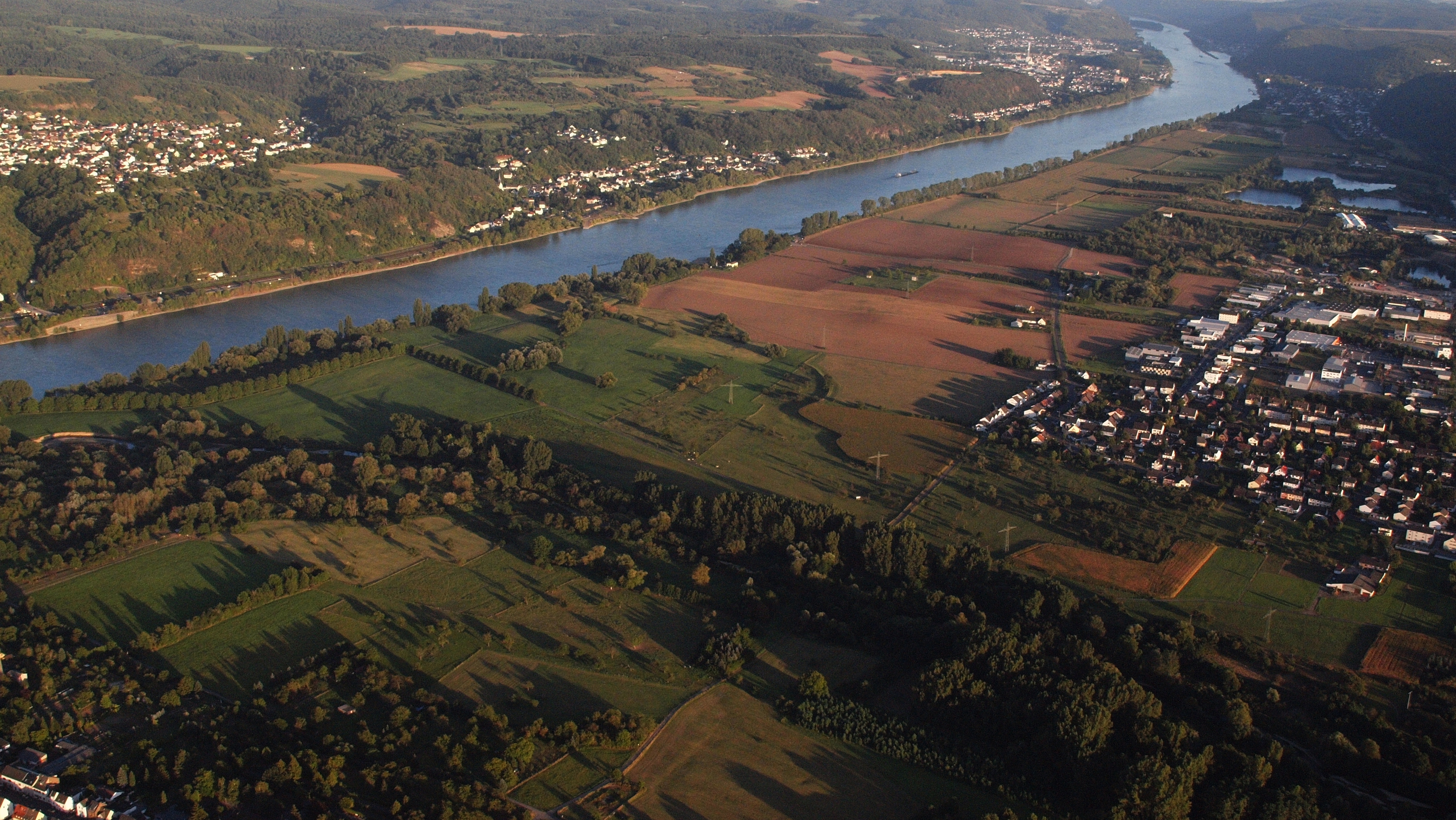Golden Mile (POW Camp) on:
[Wikipedia]
[Google]
[Amazon]
 The Golden Mile (german: Goldene Meile) was an
The Golden Mile (german: Goldene Meile) was an

 Today, the prisoners are commemorated by the
Today, the prisoners are commemorated by the
Kurt Kleemann: 'Geplanter Tod in der Goldenen Meile? Das Kriegsgefangenenlager Remagen/Sinzig 1945', in: Kreisverwaltung Ahrweiler (publ.): 'Heimatjahrbuch des Kreises Ahrweiler 1995', Bad Neuenahr-Ahrweiler, 1994, p. 107
{{Coord, 50.545836, N, 7.273808, E, type:landmark_dim:500_region:DE-NW, display=title, format=dms 1945 in military history World War II prisoner of war camps in Germany 20th century in Rhineland-Palatinate Middle Rhine
 The Golden Mile (german: Goldene Meile) was an
The Golden Mile (german: Goldene Meile) was an Allied
An alliance is a relationship among people, groups, or states that have joined together for mutual benefit or to achieve some common purpose, whether or not explicit agreement has been worked out among them. Members of an alliance are called ...
POW camp in 1945 on the fertile Rhine plain known as the Golden Mile near Remagen in Germany.
History
Towards the end of the Second World War, US troops established prisoner of war camps along the River Rhine for the detention of German soldiers. During the conquest of the Rhineland 250,000 German soldiers were captured and, following the destruction of the Ruhr Pocket, another 325,000 joined them. From mid-April 1945 around 660,000 Germans were held in these camps. After the collapse of theWestern Front Western Front or West Front may refer to:
Military frontiers
*Western Front (World War I), a military frontier to the west of Germany
*Western Front (World War II), a military frontier to the west of Germany
*Western Front (Russian Empire), a majo ...
, the Americans – themselves suffering from supply shortages – had to accommodate and care for German prisoners of war as well as two million of their own soldiers. The so-called ''Rheinwiesenlager
The ''Rheinwiesenlager'' (, ''Rhine meadow camps'') were a group of 19 camps built in the Allied-occupied part of Germany by the U.S. Army to hold captured German soldiers at the close of the Second World War. Officially named Prisoner of War ...
'' ("Rhine Pasture Camps") were intended as transit camps, offering temporary accommodation for the prisoners. The Golden Mile was one of these camps.
The camp
The camp occupied the area between Remagen and Niederbreisig. On 8 May 1945 it was occupied by 253,000 prisoners. Built for the most part by the prisoners themselves, the camp was surrounded by barbed wire and divided into two separate areas: the first allocated to town of Remagen, the second to the town of Sinzig. Both camp areas were bounded on the east by the Rhine and on the west by the embankment of a railway line. Inside the camp, individual "cages", separated from one another by barbed wire, held the prisoners in groups of fifty, hundred or a thousand.
Care and housing
The care and housing of prisoners was extremely poor. There were initially neither wooden huts or shelters nor appropriate washing and toilet facilities. Only a few prisoners were allowed to keep a strip of canvas or a coat. The rest were exposed to the hardships of the April weather, with its frequent rain. Some prisoners dug holes in the ground using their hands and primitive tools to seek shelter from the rain. Many died in the temporary dwellings or were buried alive when their burrows collapsed. There was an issue of food once a day. This was initially barely enough to survive. Only after weeks did food for the prisoners improve. Even the drinking water supply was a problem to begin with, and prisoners had to queue for hours to get a little, strongly chlorinated, Rhine water.Closure of the camp and aftermath
On 11 July 1945, the camp was taken over by the French, who finally closed it on 20 July 1945. Many of the prisoners were transferred to other camps or to France and some were not released until one or two years later. During the time that the camp was in existence, 1,247 inmates died of dysentery, undernourishment and exhaustion. In spite of this relatively low death rate of under 1%, many survivors returned from imprisonment traumatized by their experience.Commemoration sites
 Today, the prisoners are commemorated by the
Today, the prisoners are commemorated by the Black Madonna Chapel
Black is a color which results from the absence or complete Absorption (electromagnetic radiation), absorption of visible spectrum, visible light. It is an achromatic color, without hue, like white and grey. It is often used symbolically or fi ...
in Remagen, a monument in Sinzig, the war cemetery in Bad Bodendorf
Sinzig is a town in the district of Ahrweiler, in Rhineland-Palatinate, Germany. It is situated on the river Rhine, about 5 km south-east of Remagen and 25 km south-east of Bonn, and it has approximately 20,000 inhabitants (2004).
...
and an exhibition room in the Remagen Bridge Peace Museum
Remagen ( ) is a town in Germany in the state of Rhineland-Palatinate, in the district of Ahrweiler (district), Ahrweiler. It is about a one-hour drive from Cologne, just south of Bonn, the former West Germany, West German capital. It is situated ...
.
References
Literature
* * * * *Sources
* Wolfgang Gückelhorn: ''Das Ende am Rhein – Kriegsende zwischen Remagen und Andernach'', Aachen, 2005 * Karlheinz Grohs: ''Die schwarze Madonna von Remagen – 1945: Kriegsgefangen am Rhein – Gedenken und Erinnerung'',Remagen, 1993External links
Kurt Kleemann: 'Geplanter Tod in der Goldenen Meile? Das Kriegsgefangenenlager Remagen/Sinzig 1945', in: Kreisverwaltung Ahrweiler (publ.): 'Heimatjahrbuch des Kreises Ahrweiler 1995', Bad Neuenahr-Ahrweiler, 1994, p. 107
{{Coord, 50.545836, N, 7.273808, E, type:landmark_dim:500_region:DE-NW, display=title, format=dms 1945 in military history World War II prisoner of war camps in Germany 20th century in Rhineland-Palatinate Middle Rhine